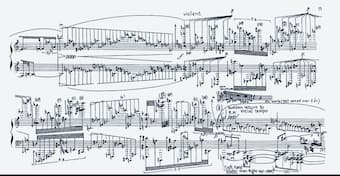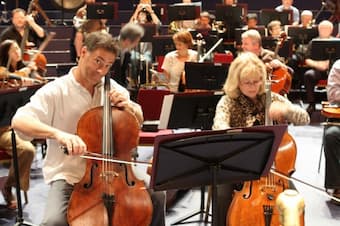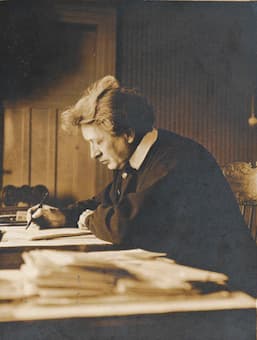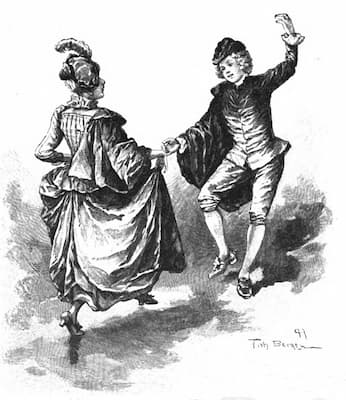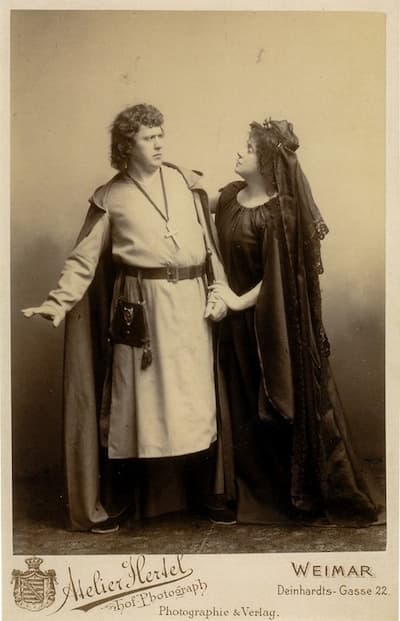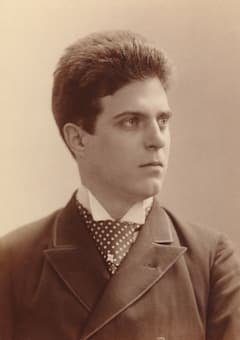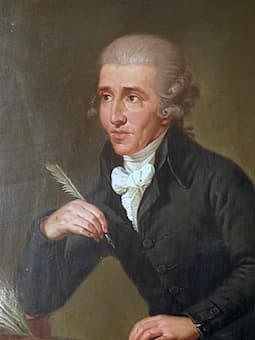Put Ravel’s Daphnis and Chloe or La Valse, Stravinsky’s Rite of Spring, or Rachmaninoff’s Symphonic Dances—or pretty much anything by Prokofiev or Mahler—in front of me and I’ll play them happily over and over, and I have. But dear readers
Articles
If you love classical music and attend symphony concerts you are aware certain musicians have titles and special responsibilities. The concertmaster does not simply get a bow at the beginning of a concert and a handshake at the end. He
It’s summer! Where I live, it’s been humid and heavy with some days at ‘93° but feels like 124°’ (33C, feels like 51C), according to my overly helpful weather app, so definitely summer. So, let’s see where water has inspired
Ferruccio Busoni had always been fascinated by the music of Johann Sebastian Bach, and he gradually “achieved a profound understanding of Bach’s polyphony and his expressive intentions.” Over time, Busoni translated a good many of Bach’s compositions for the piano,
Allemande, Courante, Sarabande, and Gigue In the new series on dance music, Dance, Dance, Dance, we’ll be looking at dance and how it comes into classical music. You’re going to be surprised at some of the places where it has
Throughout most of the opera, there are certain tropes that repeat and repeat: the heroine will die of some wasting disease (La Bohéme, La Traviata, etc.), the hero will save the day (Die Zauberflöte), and so on. There are some
Pietro Mascagni wrote fifteen operas, an operetta, several orchestral and vocal works, and also songs and piano music. However, he will always be remembered for his 1890 masterpiece Cavalleria Rusticana. Considered the first verismo opera, Cavalleria Rusticana mirrored the Italian
Over the last couple of days, I have conducted a little musical experiment. I noticed that 35 out of 106 Symphonies by Joseph Haydn carry a nickname of sorts. There is a “Bear,” a “Queen,” a “Philosopher,” a “Surprise,” a

